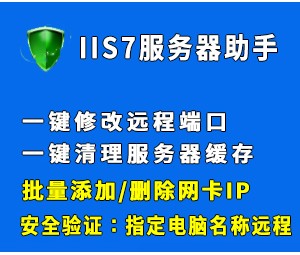I. 数据类型
python3将程序中的任何内容统称为对象(Object),基本的数据类型有数字和字符串等,也可以使用自定义的类(Classes)创建新的类型。
python3中有六个标准的数据类型:
Python3的六个标准数据类型中:
- 不可变数据(3 个):Number(数字)、String(字符串)、Tuple(元组);
- 可变数据(3 个):List(列表)、Dictionary(字典)、Set(集合)。
1. Number:int, float, bool, complex
a, b, c, d = 1, 2.3, True, 4+5j
print(type(a), type(b), type(c), type(d), type(a+b+c+d), a+b+c+d)
<class 'int'> <class 'float'> <class 'bool'> <class 'complex'> <class 'complex'> (8.3+5j)
2. String:
Python中的字符串用单引号'或双引号"括起来,同时使用反斜杠\转义特殊字符。r或R表示原始字符串。
s = r'this is raw string \n \t.'
print(type(s), s)
<class 'str'> this is raw string \n \t.
3. List:
列表是写在方括号[]之间,用逗号分隔开的元素列表。列表的元素可以是数字、字符串和列表。
4. Tuple:
元组是写在小括号()之间,用逗号分隔开的元素列表。
t = (1, 2.3, True, 4+5j, (6, 'abc', ['d', {'id': 9, 'value': 'dict'}]))
print(type(t), t)
<class 'tuple'> (1, 2.3, True, (4+5j), (6, 'abc', ['d', {'id': 9, 'value': 'dict'}]))
5. Set:
集合可以使用{}或set()函数来创建,创建空集合必须用set()。
基本功能是测试成员关系和删除重复元素。
s1 = {1.2, 4+5j, 'abc', 'abc', 'd'}
s2 = set('abcdde')
print(type(s1), s1, type(s2), s2)
print(s1 - s2, s1 | s2, s1 & s2, s1 ^ s2)
<class 'set'> {1.2, (4+5j), 'd', 'abc'} <class 'set'> {'c', 'a', 'd', 'e', 'b'}
{1.2, (4+5j), 'abc'} {1.2, 'c', 'a', 'd', (4+5j), 'abc', 'e', 'b'} {'d'} {'c', 1.2, 'a', (4+5j), 'abc', 'e', 'b'}
6. Dictionary:
字典通过{}或dict()函数创建,是无序的key:value映射的集合。key必须为不可变类型且唯一。
d1 = {1: 'abc', 'name': {'cn': 'Chinese name', 'en': 'English name'}, (True, 4+5j): [1, 'abc']}
d2 = dict([(1, 'abc'), ('name', {'cn': 'Chinese name', 'en': 'English name'})])
d3 = dict(name={'cn': 'Chinese name', 'en': 'English name'}, one='abc')
print(type(d1), d1, d1[(True, 4+5j)])
print(type(d2), d2, d2[1])
print(type(d3), d3, d3['one'])
<class 'dict'> {1: 'abc', 'name': {'cn': 'Chinese name', 'en': 'English name'}, (True, (4+5j)): [1, 'abc']} [1, 'abc']
<class 'dict'> {1: 'abc', 'name': {'cn': 'Chinese name', 'en': 'English name'}} abc
<class 'dict'> {'name': {'cn': 'Chinese name', 'en': 'English name'}, 'one': 'abc'} abc
II.数据类型转换

参考:简明Python教程(英文原版)、菜鸟教程
数据类型转换、字符串转字典








0